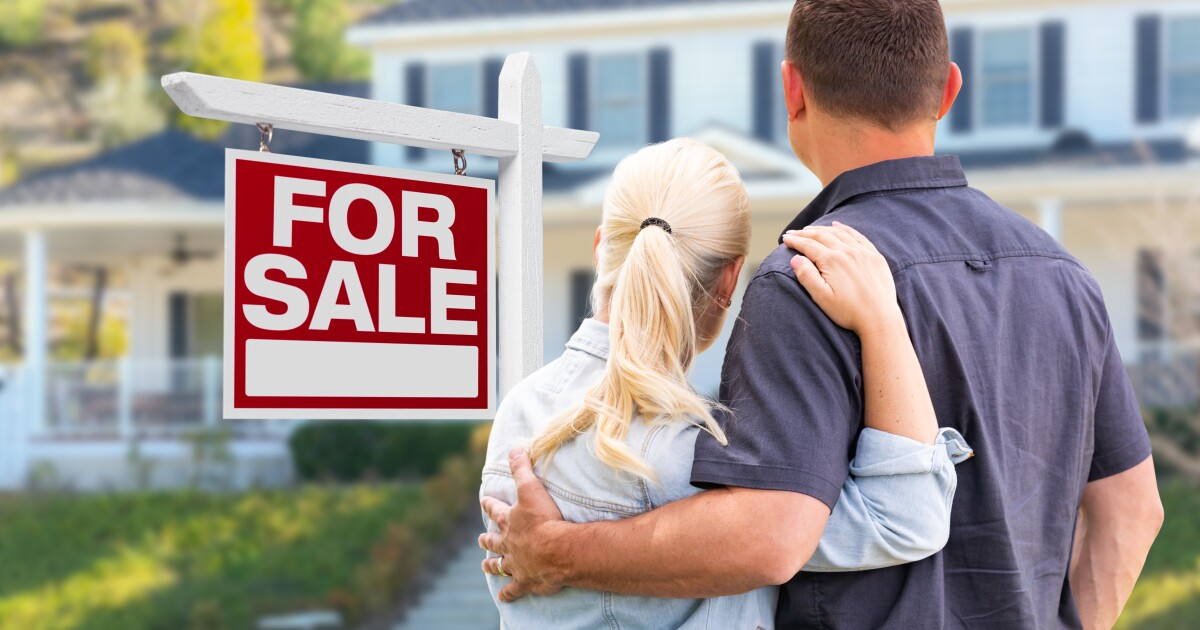
A majority of buyers might encounter sticker shock on their next home purchase, given that what they expect to pay is significantly
Approximately 38% of aspiring buyers are hoping to pay less than $250,000 for their next purchase,
Compared to actual data released by the U.S. Census Bureau, though, the median price of new single-family properties that went under construction last year came in at $425,000, with 37% starting at $500,000 or more.
Virtually no new homes are being built with prices below $150,000, while only 5% come in under $250,000.
"The share of prospective and recent buyers exceeds the share of new homes being built in those price ranges. Above $250,000, the opposite is true," Paul Emrath, NAHB's vice president for survey and housing policy research, wrote in his analysis of the survey of over 3,000 prospective buyers, which was conducted in 2023.
The wide disconnect may be attributed in part to the fact that the lower end of the market is "differentially served" by existing homes, NAHB said.
"However, there are limits to how well existing homes can satisfy the demands of prospective buyers with modest incomes."
Evidence of those limits are showing up regularly in existing-home price data. The median priced unit across the country
Over two-thirds of new-home constructions are priced between $350,000 and the $1 million mark, but only 37% of survey respondents think their next purchase will fall between those parameters, NAHB determined.
In the range of $250,000 and $349,999, inventory comes closer into balance with expectations, with 23% of new homes going to market at that level.
Another significant factor in the disparity between expectations and actual prices, at least in the new-home market, comes in construction costs consumers may overlook.
"Builders know that a potential market exists for new homes priced under $150,000; they just can't build homes at such a low cost," according to Emrath. Prices for building materials remain high above pre-pandemic levels, while regulatory costs for an average new home approaches $94,000.
Improvement doesn't necessarily mean consumers think prices will fall, though, as the share expecting them to increase over the next year grew to 45%, up from 42% a month ago. Meanwhile, two-thirds said June's conditions were favorable for selling up from 64% a month earlier.
"If mortgage rates decline through the end of the year, as we currently forecast, we do think home sales activity will pick up, but progress on that front is likely to be slow due to the ongoing imbalance between supply and demand," said Mark Palim, Fannie Mae vice president and deputy chief economist, in a press release.
Recent housing data "leaves little upside to overall sentiment until meaningful progress is made on affordability — most likely in the form of either lower rates or improved supply."
Still, overall consumer view toward the housing market was more positive in June, rising back up to levels earlier this year in Fannie Mae's home purchase sentiment measurement.
The government-sponsored enterprise's index came in at a reading of 72.6,



